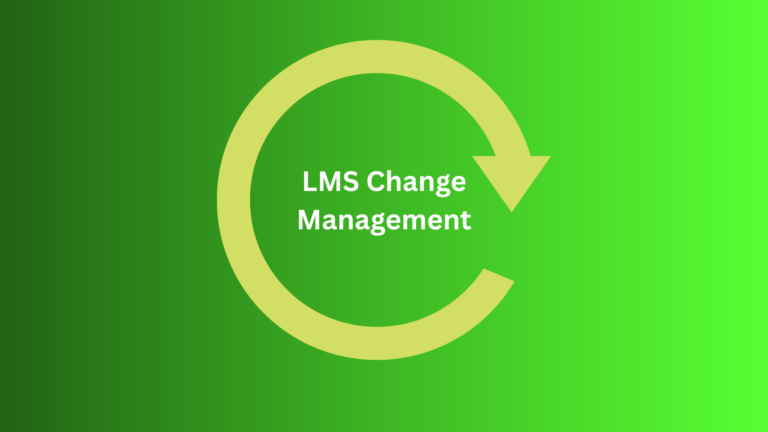Education and training have undergone significant changes in recent years, and they are now shifting toward more practice-based learning.
The new method is focused on more than just theory, and it helps the employees understand and perform their tasks better.
What is practice-based learning?
Practice-based learning is a combination of theory and work experience in the appropriate ratio. Many organizations are opting for it as they find it a better approach to make self-sufficient employees than most of the existing learning methods. Learning in classrooms and then implementing it is an old practice now.
The learning model is beneficial for educators and employees alike. From college students to working professionals, learning is a dynamic process. It often includes things like workplace learning, practical classes, and simulations that students can learn on the job.
The assignments can also be based on these simulations to give the employees industrial experience and help them upskill. The main goal of it is to develop a new perspective for the audience and teach them every basic knowledge that will help them achieve the required goals.
These theories are considered the most valuable for it and can be stated as:
- Experiential, workplace, and situated learning
- Social learning theory
- Learning with the help of communities.
Principles of practice-based learning
There is no fixed definition for practice-based learning; rather, it is a component of various factors inclusive of professional activities like service development and regulations. It also comprises educational activities like assessments.
1. Experiential, workplace learning
Experiential learning is one of the components of practice-based learning. They learn directly from their experiences in the workplace. This means that while they are learning, they are exposed to stimuli similar to those found in the workplace, and they have learned from the genuine mistakes they are making.
2. Social learning
This aspect of practice-based learning helps you learn from the social settings in which the participants can learn from each other through observation, imitation, and modeling.
3. Learning in communities
Communities are groups of people across sectors, disciplines, or different geographies who learn together. Various new-generation platforms like learning management systems also provide a feature for community learning. This encourages organizations to teach their employees across domains at the same time.
4. Active participation
It involves the active participation of the participants.
5. Great relevancy
This learning model offers great relevancy for the participants; it focuses on the skills directly impacting the employees’ productivity.
6. Iterative learning
The nature of practice-based learning is often iterative. It comprises repetitive processes to improve the practice of the employees. performance
Benefits of practice-based learning for the current employee-employer scenario
7. Improved job performance
With practice-based learning, employees can improve their productivity as they can apply their knowledge across verticals.
8. Increased motivation
When employees know their job and what tasks they have to do, they are more motivated and with constant laybacks, they can lose motivation. So, practice-based learning helps them to cope with difficult situations by helping them to upskill.
9. Enhanced problem-solving skills
When employees learn 360 degrees in a practical environment, it becomes easier for them to understand things. It will enable them to learn and apply the learnings in the jobs they are doing already.
10. Better knowledge retention
Practice-based learning helps in improving knowledge retention for employees. With innovative and interactive methods, the employees will be able to understand and retain the information better.
11. Better adaptability
Employees can learn how to adapt to different situations. This helps them at the time of shifting job roles, teams, or organizations.
12. Improved decision making
When the employee has to put thoughts into every process and reasoning to every task, the decision-making is improved many folds.
13. Self-improvement
When employees are learning in a practice-based environment, they are most likely to improve themselves and work better.
How organizations can utilize this learning mode?
1. On-the-job training
While being on job, employees can learn new skills that can be done through mentoring or job rotation.
2. Simulations exercises
Organizations can re-create real-life scenarios for the employees to help them learn through experience.
3. Action learning
The employees can learn from the actions or experiences the company is offering them.
4. Self-paced learning
The organizations can give the employees resources to learn on their own. To help develop new skills, organizations can give eBooks, online courses, or tutorials to help them develop new skills based on their job roles.
5. Feedback
The learning method comprises many cycles of feedback which will help the employees learn better and upskill themselves.
Practice-based learning helps the employees to learn from their experience and the real-life situations that organizations provide to help them learn better. With today’s changing technology every day, it is important to keep the employees updated d upskill them whenever required.



